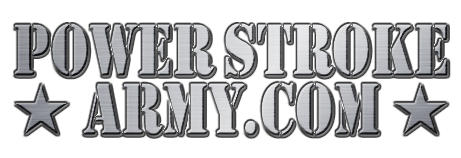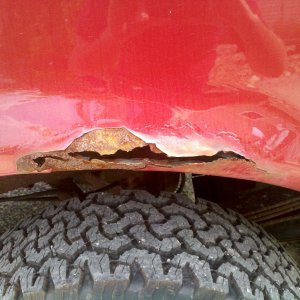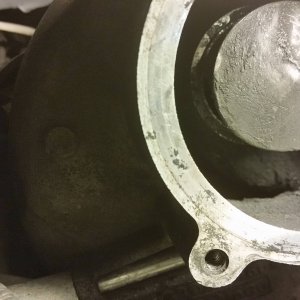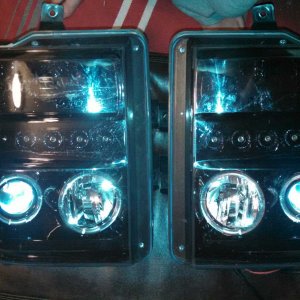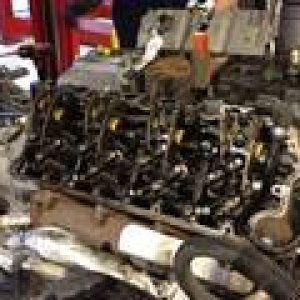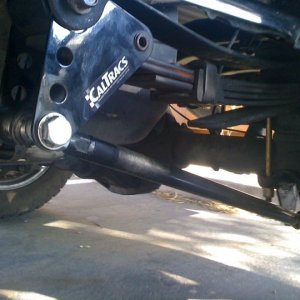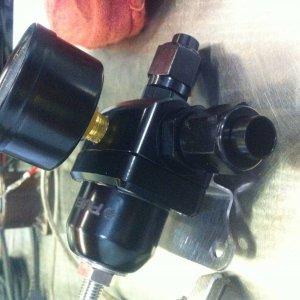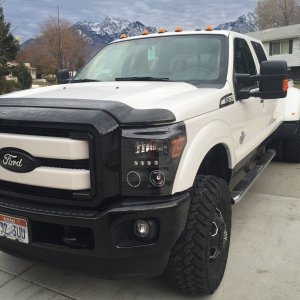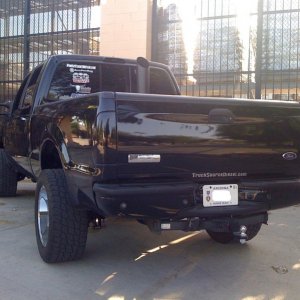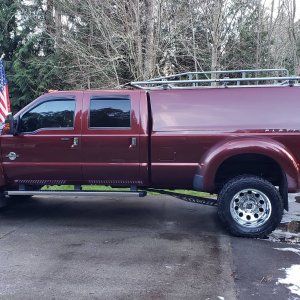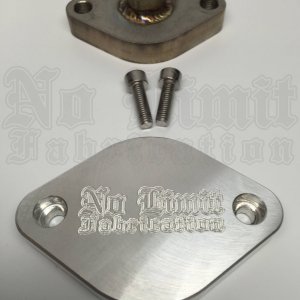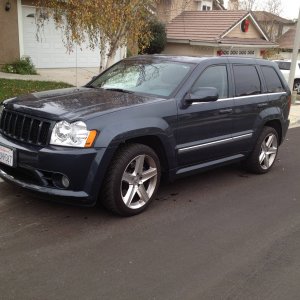Copied from the "How To" On Swamps Site.
Fuel pressure at idle should be ~60psi...+/-10
Turn the engine off, and remove the key from the ignition.
First, locate the filter bowl drain line, it's a metal line, that comes down the front of the pasenger side of the block...approximately 5/16" OD. If you slip a 2-3' section of 5/16" (ID) rubber hose over the metal line, you can drain the fuel into a catch pan without dribbling fuel all over the front axle/driveway, etc...
Second, drain the filter bowl, by turning the yellow lever on the passenger side/rear of the housing...
Now that the filter housing is empty, close the drain valve by returning the yellow lever to it's closed position.
In order to check the fuel pressure at the fuel filter housing, you will first need to locate the Allen head, bronze colored plug on the rear of the filter housing...it's located about halfway down the housing, and slightly towards the drivers side of the truck.
You'll need a 3/16" Allen wrench to loosen the plug.
The plug you removed is a #4 Male Boss (or #4 O-ring) plug.
To install a fuel pressure gauge, you'll need the following fittings.
(1) #4MB-#4MJIC (#4 male boss to #4 male "JIC") ...JIC is simply 'hydraulic speak' for a 1/4" 37degree flared fitting.
(1) #4FJX-#4MJIC90 (#4 female swivel by # 4 male JIC 90 degree fitting)...the 90 degree fitting is needed to allow the hose to not interfere with intercooler & intake piping.
Next, you'll need your hydraulic supplier to make you 40" of rubber fuel hose; one end of the hose will have a 0-100psi (liquid filled) gauge on it, and the other end will need to have a #4FJX (#4 female, JIC, swivel fitting) fitting installed.
It is not necessary to have crimped fittings, regular 'barb' type fittings and hose clamps will be sufficient for the low pressures of our factory fuel system. (~70psi)
Once you have the all the parts together, you can install the #4MB-#4MJIC fitting into the filter housing, followed by the 90 degree fitting, and lastly, the hose & gauge assembly.
No sealants, loctite, or teflon tape are needed on any of the "JIC" or O-ring fittings. When tightening JIC fittings, use two wrenches to prevent damage. DO NOT overtighten JIC (or O-ring) fittings, the flared ends, as well as the O-rings will seal with only moderate torque...typically 1/2 - 3/4 turn after finger tight.
Once all the fittings are tightened, and the fuel bowl drain valve is closed, you can cycle the ignition to power the fuel pump, and circulate fuel. Cycle the key 3-4 times, waiting approx 20 seconds between, to prime the filter bowl.
Check for leaks, at all connections. If a leak is present, an additional 1/8- 1/4 turn should be adequate to stop the leak.
Route the rubber hose to the gauge, away from any moving parts, or electrically conductive components (glow plug relays, batteries, etc) and up through the hood & cowl seam. Gently close the hood and fasten the gauge to the windsheild wiper (or radio antenna, mirror, etc) for short term testing.
Cylce the key, & once you see pressure on the gauge, you can now start the truck.
At idle, normal fuel pressure readings are typically 60psi +/- 10psi.
While driving, under FULL LOAD (uphill, foot to the floor) fuel pressure should remain relatively constant...
In my experience, fuel pressures lower than ~35psi can create a loss of lubrication to the injector...causing the plunger & barrel assembly to gall, as well as a loss of performance.
If your fuel pressure at idle is "good" but under load pressure drops below 35-40psi, you will need to investigate the cause of the low fuel pressure.
Typical causes of low fuel pressure are:
• Bad/weak fuel pump (located on the drivers side frame, slightly forward of the drivers
• Damaged/worn fuel pressure regulator O-rings. (the factory pressure regulator is on the drivers side of the filter housing, and attaches to the housing with 2, black colored, Torx#27 screws).
• Damaged/worn injector O-rings
